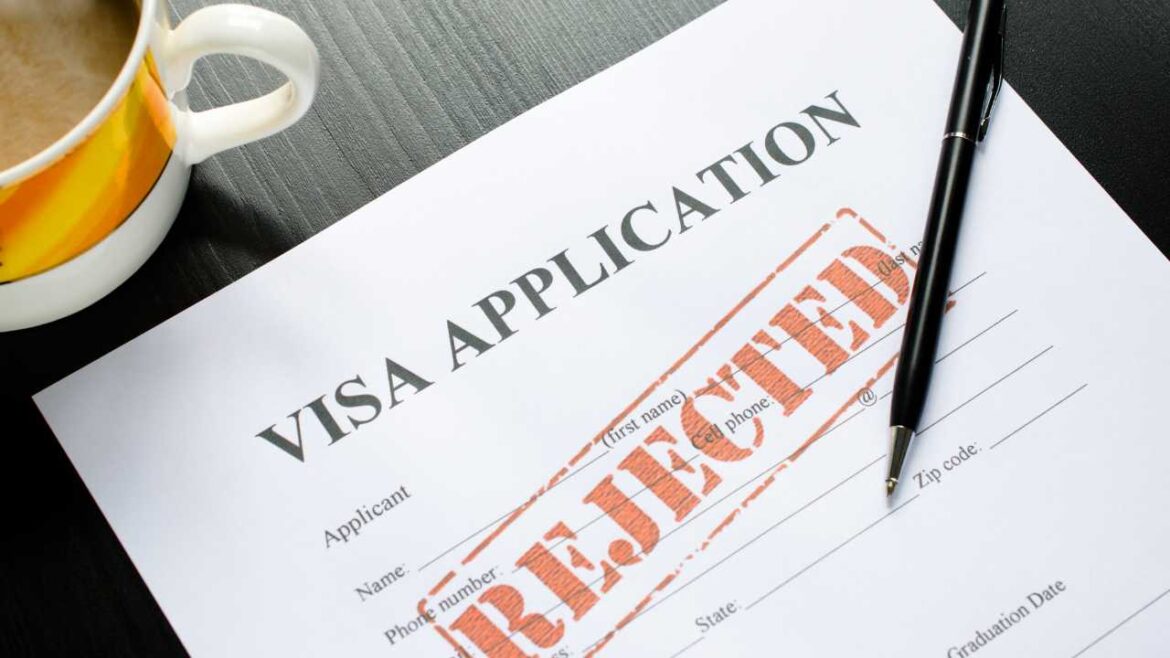Applying for a visa can feel like a big task. Whether you’re going on a vacation, moving abroad for studies, or visiting family, getting your visa approved is a major step. But sometimes, even with all your effort and documents ready, your visa gets rejected and that can be really disappointing.
The truth is, most visa rejections happen for very common and avoidable reasons. If you understand why they happen, you can easily fix them and improve your chances next time. Below are some of the most common visa rejection reasons and what you can do to avoid them.
1. Incomplete or Incorrect Application
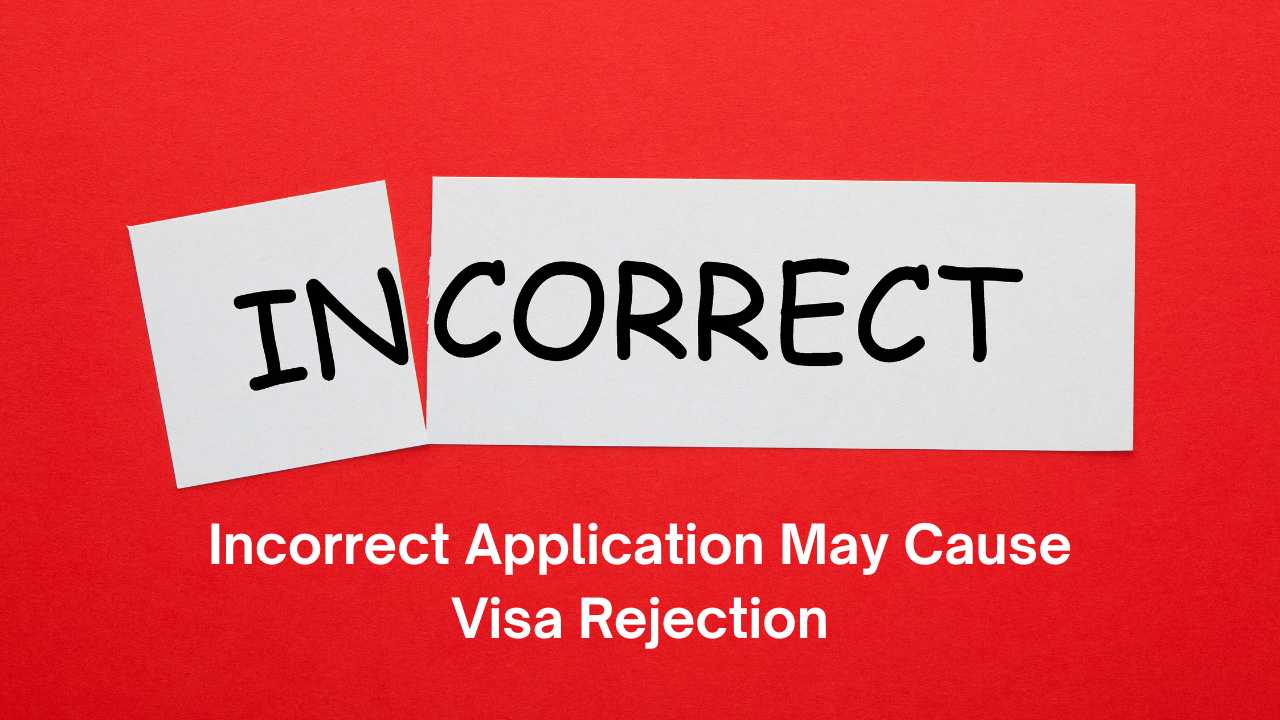
This is one of the most frequent reasons people get rejected. Many applicants either forget to fill in a section or make small errors like spelling mistakes or wrong passport numbers.
Why it happens:
- Leaving blanks or skipping sections in the visa form
- Entering wrong information like date of birth, address, or travel dates
- Mismatch between details in the form and your documents
How to avoid it:
Before submitting your form, go through every field carefully. Double-check your details with your passport and other documents. Even a small spelling mistake or wrong digit can cause doubts. If you are not sure about a particular section, don’t guess it’s always better to check with the visa center or the official embassy website.
2. Not Enough Financial Proof
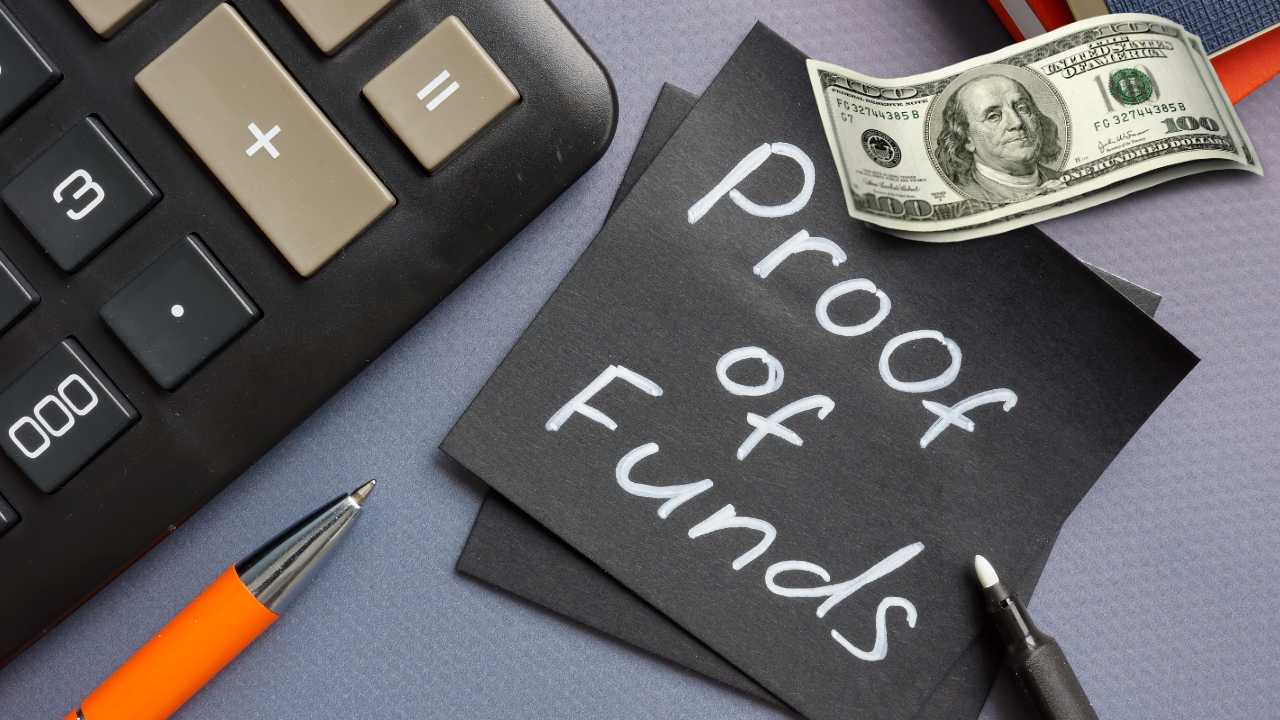
Embassies want to make sure that you can afford your stay and expenses in their country. If your bank account balance is low or your income proof is unclear, it could make them think you might struggle financially.
Why it happens:
- Low or unstable bank balance
- Missing documents like salary slips, income tax returns (ITR), or sponsorship letters
- Sudden large deposits that look suspicious
How to avoid it:
Start preparing early. Keep your bank account active and show steady transactions for at least 3 to 6 months. If someone else (like a parent or relative) is sponsoring your trip, include their financial proof and a signed sponsorship letter. This builds trust and shows that you have solid financial backing.
Also Read: Where to Spend New Year 2026: The Ultimate Celebration Guide
3. Weak Ties to Your Home Country
Visa officers always want to see that you’ll return home after your visit. If they think you might overstay, your visa can be denied.
Why it happens:
- No permanent job, property, or family responsibilities in your home country
- No strong reason mentioned to come back
- Inconsistent story between your travel plan and your current life
How to avoid it:
Show strong reasons to return. Attach job letters, property papers, or family records. You can also write a cover letter explaining your reason for travel and why you’ll come back for example, mention your ongoing job, studies, or business. When I applied for my visa, I included a letter from my employer confirming my leave and return date it made my case stronger and clear.
4. Unclear Purpose of Travel
Visa officers should easily understand why you are visiting. If your purpose sounds vague or doesn’t match your documents, it can cause confusion.
Why it happens:
- No clear explanation of your travel plans
- Mismatch between purpose and visa type (like applying for a tourist visa but mentioning work)
- Missing proofs like hotel bookings or invitation letters
How to avoid it:
Clearly explain your reason for travel in your cover letter and keep it consistent with your visa type. If you’re going for tourism, add your travel itinerary, hotel bookings, and flight reservations. If you’re visiting someone, include an invitation letter. A clear plan makes you look genuine and organized.
5. Damaged or Invalid Passport
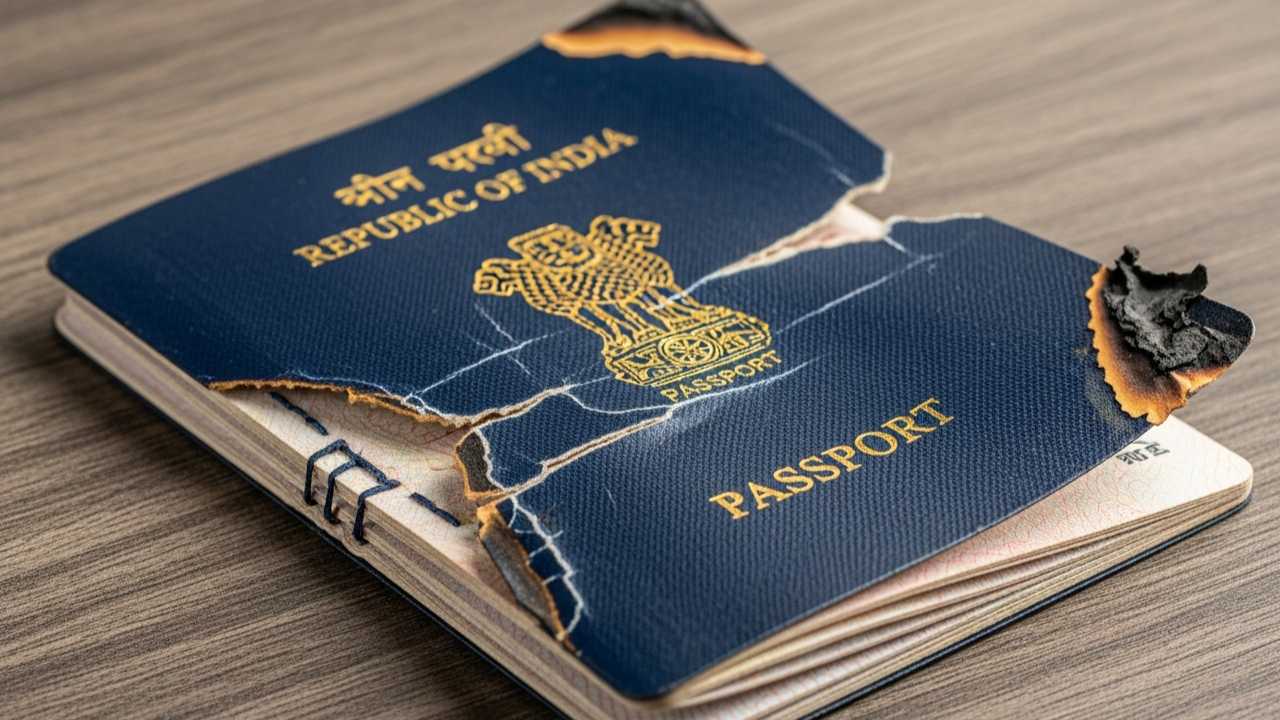
Sometimes the problem isn’t with your visa form at all it’s with your passport. A damaged or soon-to-expire passport can cause instant rejection.
Why it happens:
- Torn or stained passport pages
- Less than 6 months validity left before expiration
- Blurred or unclear photo
How to avoid it:
Always check your passport before applying. Renew it if it’s about to expire within 6 months. Replace it immediately if it’s damaged. Make sure your passport photo is recent, clear, and follows official guidelines.
6. Poor Travel History
If you’ve never traveled abroad before, or if you’ve had previous visa issues, the embassy might see you as a higher risk. They prefer applicants who have a clean travel record.
Why it happens:
- No previous international travel
- Past overstays or visa violations
- Previous rejections without explanation
How to avoid it:
Start building your travel history with short trips to nearby or visa-friendly countries. Always follow the rules of each visa you get never overstay. And if you’ve had a rejection before, mention it honestly in your next application with a short explanation.
7. Missing or Weak Supporting Documents
Your supporting documents prove that your intentions are genuine. Missing or unclear papers make your application look incomplete.
Common missing documents:
- Hotel or flight booking confirmations
- Travel insurance or medical insurance
- Proof of employment or student enrollment
How to avoid it:
Use the official document checklist from the embassy’s website. Attach all documents clearly and in proper order. Submitting scanned, high-quality copies gives a good impression. It also shows that you’ve prepared carefully and respect the process.
8. Poor Visa Interview Performance
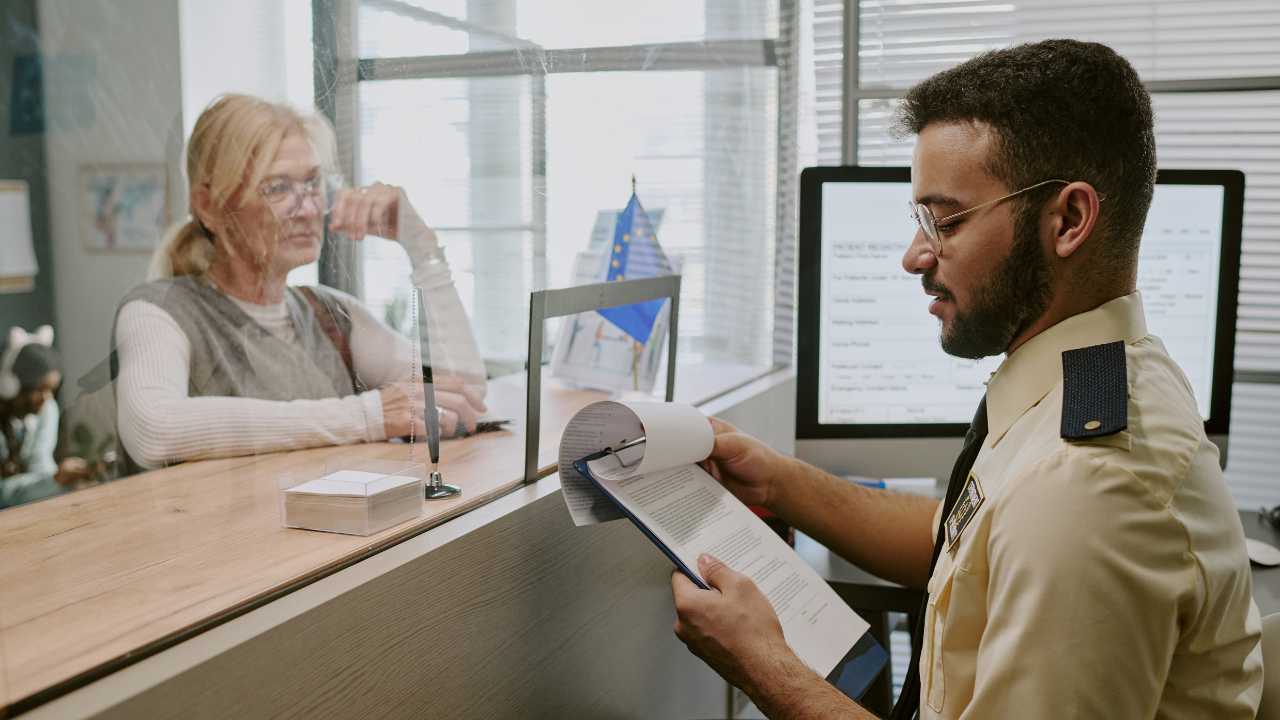
For countries like the USA, Canada, or the UK, your visa interview matters a lot. The officer judges your communication, confidence, and honesty during the conversation.
Why it happens:
- Nervous or inconsistent answers
- Giving unnecessary details or false statements
- Not knowing basic details about your trip
How to avoid it:
Be calm and confident. Practice common questions like why you’re visiting, how long you’ll stay, and who is sponsoring your trip. Keep your answers short and clear. Always tell the truth visa officers can easily identify when someone is being dishonest or hiding something.
9. Applying for the Wrong Visa Type
Each visa has specific rules and requirements. Applying under the wrong category can lead to rejection even if your documents are perfect.
For example:
- Applying for a student visa without a confirmed admission letter
- Using a tourist visa for work or business meetings
How to avoid it:
Always read the visa requirements carefully on the official embassy website. Choose the right visa type according to your purpose. If you are unsure, it’s okay to ask for help from a trusted visa consultant or a verified travel agency.
10. Previous Overstay or Immigration Violation
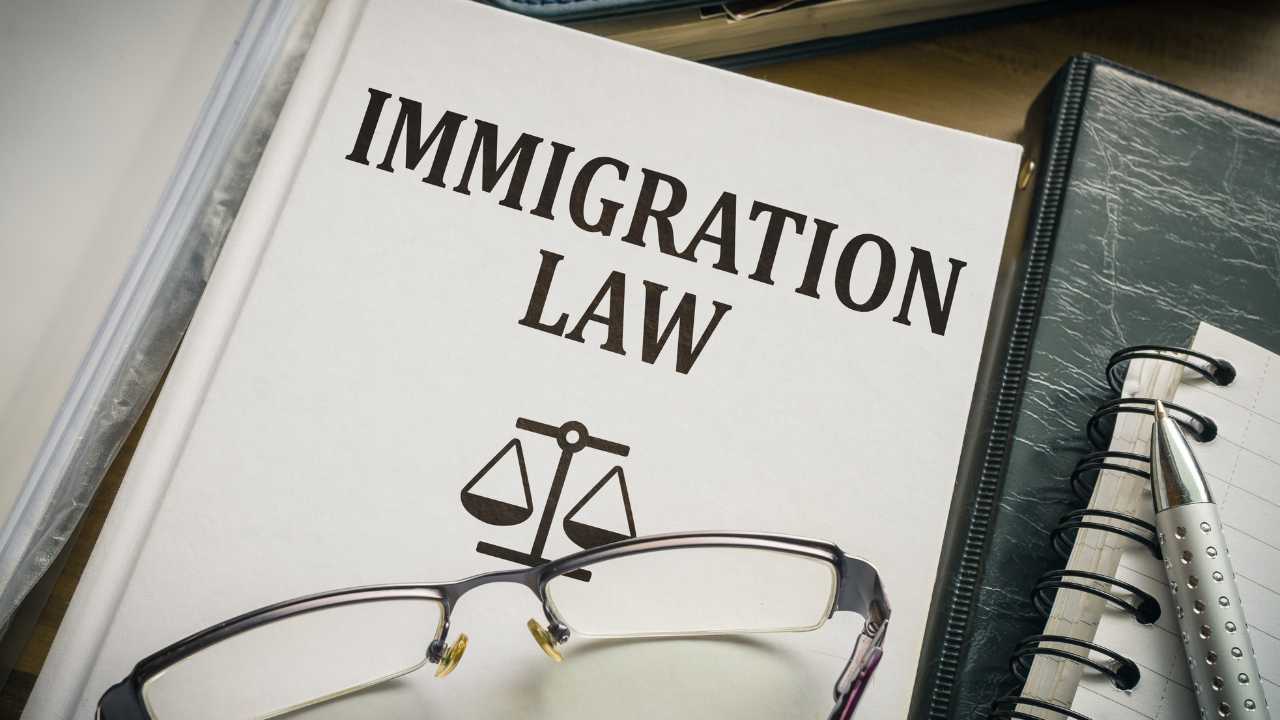
Your past travel behavior is recorded. If you overstayed in another country or broke immigration laws, that record can harm your new application.
How to avoid it:
Follow every visa rule carefully leave before your visa expires. If you overstayed due to a genuine emergency (like medical issues), keep all the proof and explain it clearly when you apply again. Show that you’ve learned from the past and respect international laws.
Personal Tip: Be Honest and Stay Organized
From my personal experience, embassies value honesty and preparation more than anything else. When I applied for my first visa, I made sure my papers were neat, my purpose was clear, and every answer matched my documents. Even if you think your case is not perfect, being transparent helps. Remember, visa officers deal with hundreds of applications daily a clean, well-organized, and truthful file immediately stands out.
Final Thoughts
Getting a visa rejection doesn’t mean the end of your dream. It simply means your application wasn’t strong enough this time. Don’t take it personally instead, take it as a lesson. Understand what went wrong, fix it, and reapply with confidence.
A visa officer doesn’t reject you; they reject the application. So, make your next one better clear, complete, and genuine. With the right preparation, patience, and honesty, you’ll have a much higher chance of seeing that happy “Visa Approved” stamp on your passport soon.
Frequently Asked Questions
Why do most visa applications get rejected?
Most visa rejections happen due to incomplete forms, missing documents, weak financial proof, or unclear travel purposes. Even small mistakes like a spelling error or mismatched details can raise doubts for the visa officer. That’s why checking everything carefully before submitting is very important.
Can I reapply after my visa is rejected?
Yes, you can reapply after a visa rejection. But before doing so, carefully read the rejection letter and understand the reason. Fix the issue for example, add missing documents, update your bank statements, or correct errors and then apply again with confidence.
Does a previous visa rejection affect future applications?
A previous rejection won’t automatically stop you from getting a visa in the future, as long as you correct the mistakes. Just make sure to mention your past refusal honestly in your next application. Trying to hide it can cause more problems later.
What can I do to increase my chances of visa approval?
To increase your chances, always submit a complete and organized file. Include clear financial proof, explain your travel purpose well, and show strong ties to your home country (like job, property, or family). Be honest in your application and interview that’s what visa officers appreciate most.

